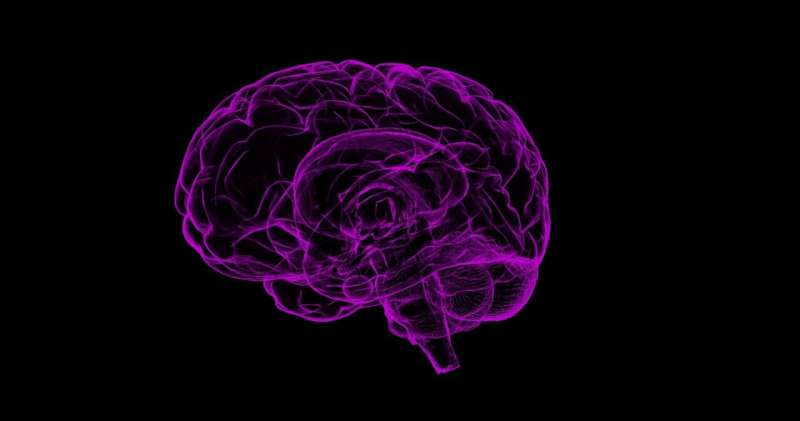
A new study shows the existence of a connection between atherosclerotic plaques and the central nervous system. This previously unknown “circuit” involves three systemically acting tissues, the immune system, the nervous system and the cardiovascular system. This crosstalk is functional as interference into the nervous system affects atherosclerosis progression as demonstrated in experimental models. It could be a target for innovative therapies.
Composed by an accumulation of cholesterol, fibrous tissue and immune cells, plaques represent the hallmark of atherosclerosis. The consequences, from heart attack to stroke to peripheral artery occlusion disease, constitute the main cause of death worldwide claiming 3.9 million deaths per year in Europe alone.
Published in the journal Nature, the study involved both experimental models and human tissues, by a collaboration between I.R.C.C.S. Neuromed in Pozzilli, Italy, Ludwig-Maximilians-University of Munich, Germany, with key findings by Prof. Andreas Habenicht and Dr. Sarajo K. Mohanta, and other scientific institutions participating in the “PLAQUEFIGHT” Project, funded by the European Union.
Professor Daniela Carnevale, Department of Angiocardioneurology and Translational Medicine of Neuromed, says, “When there is an atherosclerotic plaque, aggregates of immune cells also formed in the outer connective tissue of the blood vessel called the adventitia. Interestingly, these aggregates bear similarities to a lymph node which—under healthy conditions, regulate our immune responses. Importantly, the connective tissue surrounding arteries is rich in nerve fibers that, as our work has now shown, establish a direct connection between the plaque and the brain. In fact, this adventitia tissue is used by the nervous system as main conduit to reach all organs throughout the body.”
Then researchers reconstructed the entire path of nerve fibers, up to the central nervous system. Carnevale says, “At this point, we were able to see that signals coming from the plaque, once they reach the brain, influence the autonomic nervous system through the vagus nerve down to the spleen. Here, specific immune cells are activated and enter the blood circulation, leading to the progression of the plaques themselves.”
It is a real circuit, defined by the authors as the artery-brain circuit, or ABC. “Like all circuits, it can be disconnected or modulated.” Carnevale says, “We performed further experiments by interrupting nerve connections toward the spleen. In this way, impulses on the immune cells present in this organ are interrupted. The result of this therapeutic interruption is that plaques in the arteries not only slowed their growth, but stabilized making the disease less severe.”
Considering that stability of atherosclerotic plaque is one of the most clinically relevant traits in evaluating severity of disease, and that in this study the components of the ABC were identified also in isolated human arteries affected by atherosclerosis, the research has a very significant translational potential.
Source: Read Full Article